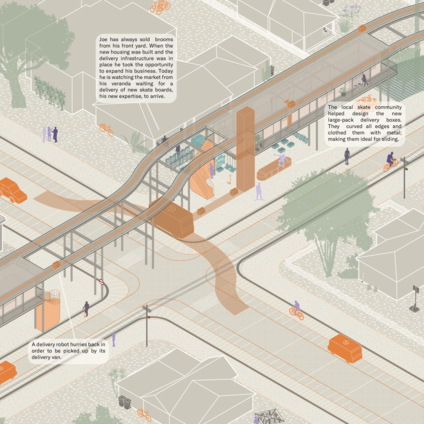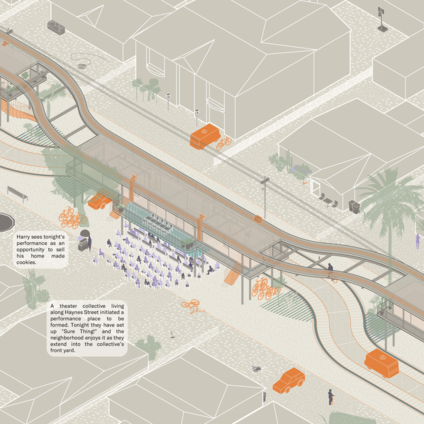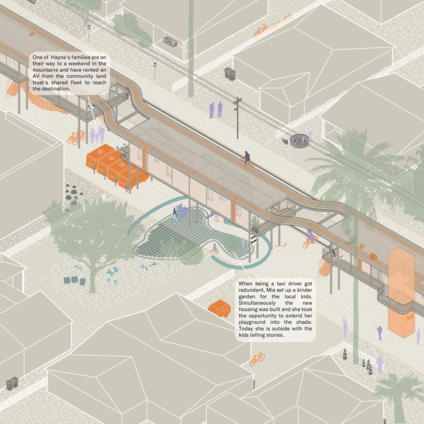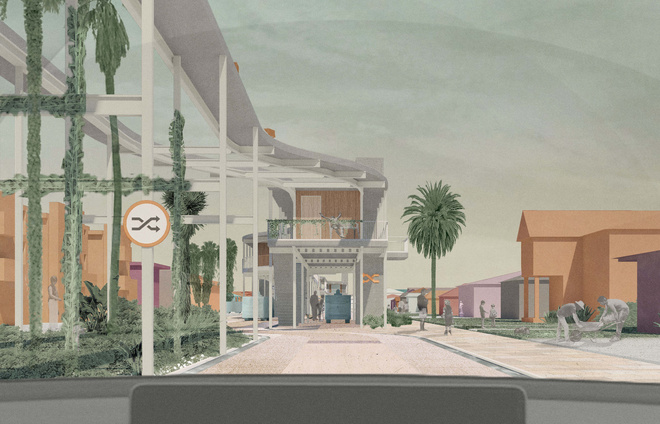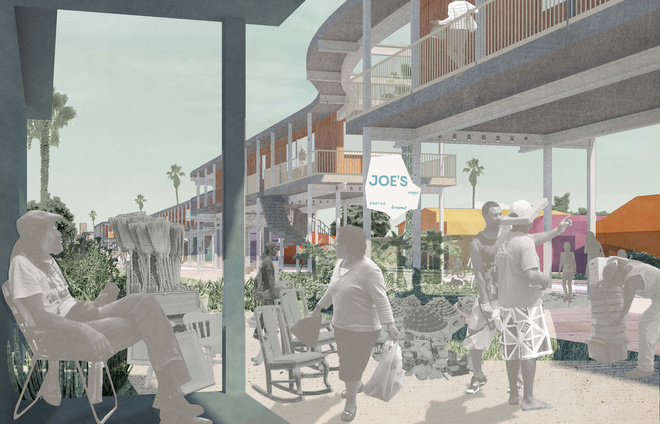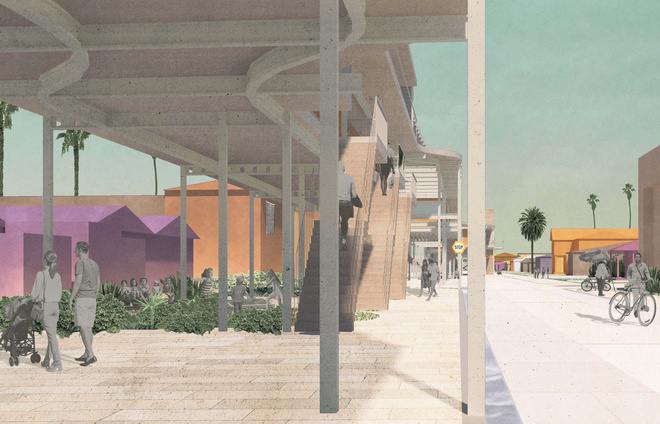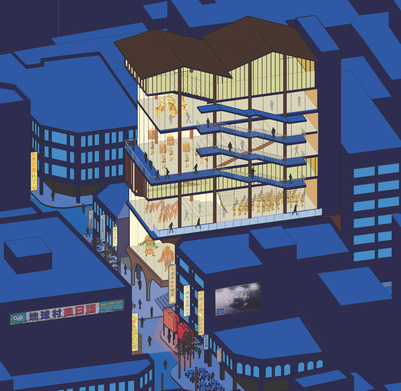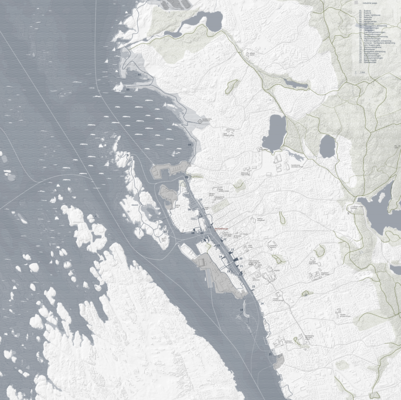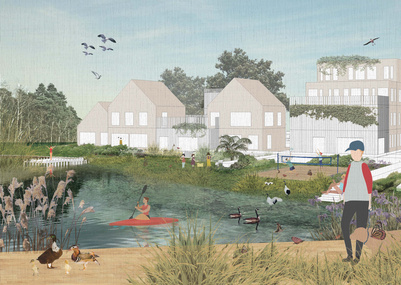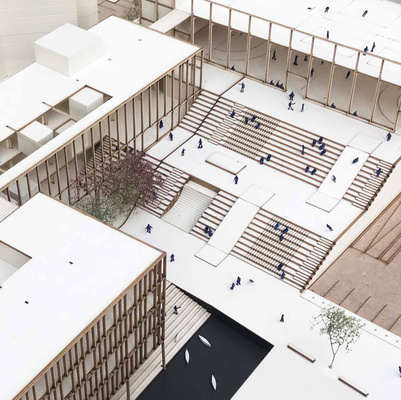How can an increase of shared automated mobility create opportunity for distributed densification, without compromising on access to transportation in Los Angeles 2030?
Cities have always grown in relation to transport. Rail-lines connected towns that grew into cities, the technology and availability of the car made cities sprawl into suburbia, and the return to public transportation is building dense islands around larger stations.
Today transportation is facing other large changes which will affect how we move around our cities and countrysides. The driver is getting replaced by the computer and the driverless vehicle gets included in a fleet of transportation tools - providing one holistic service that can reach all the vines of a city’s network. With this knowledge in mind, how can we continue to grow our cities without compromising on everyone’s access to its transport? Looking at Los Angeles specifically, could the new mobility offer densification, that reaches all the corners of the city? This is what I have tried to investigate through my thesis project presented below.
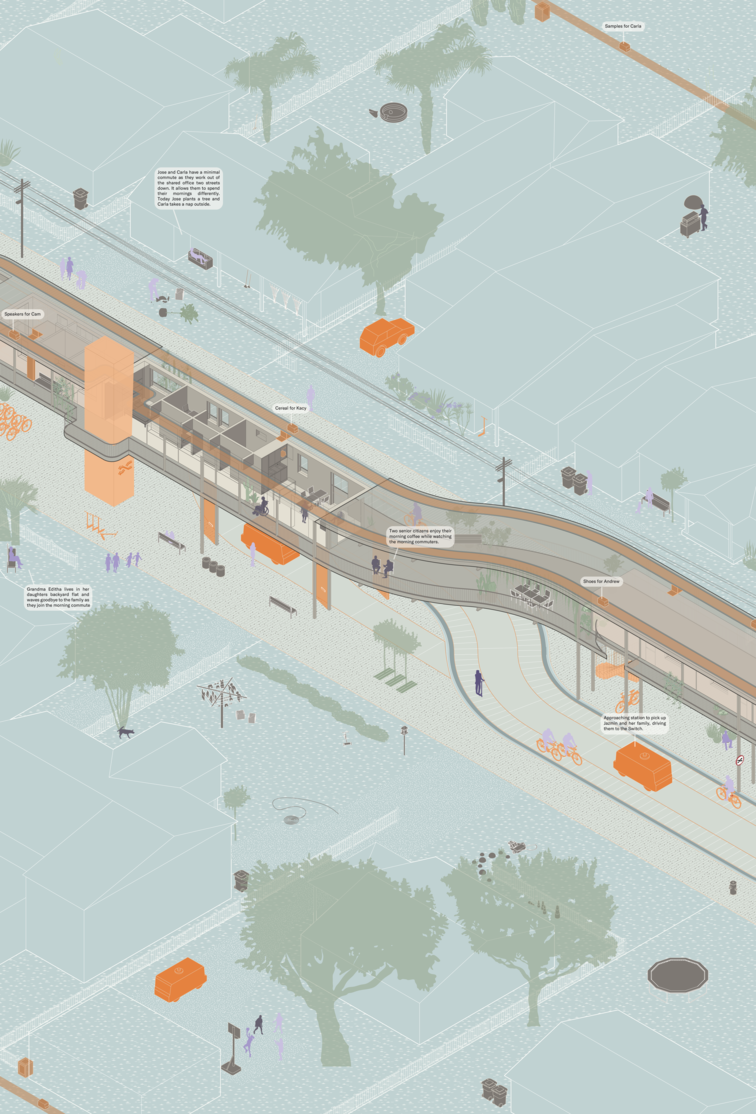
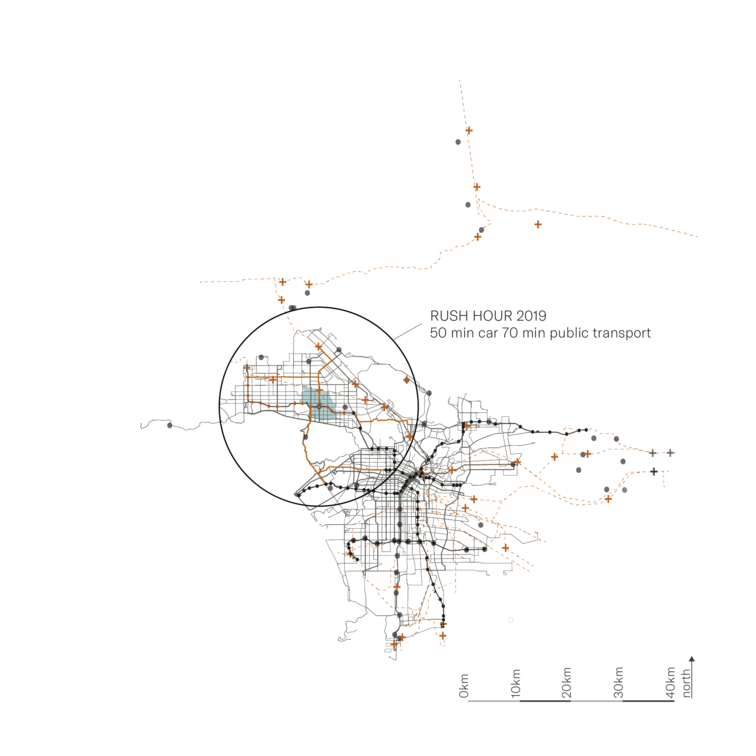
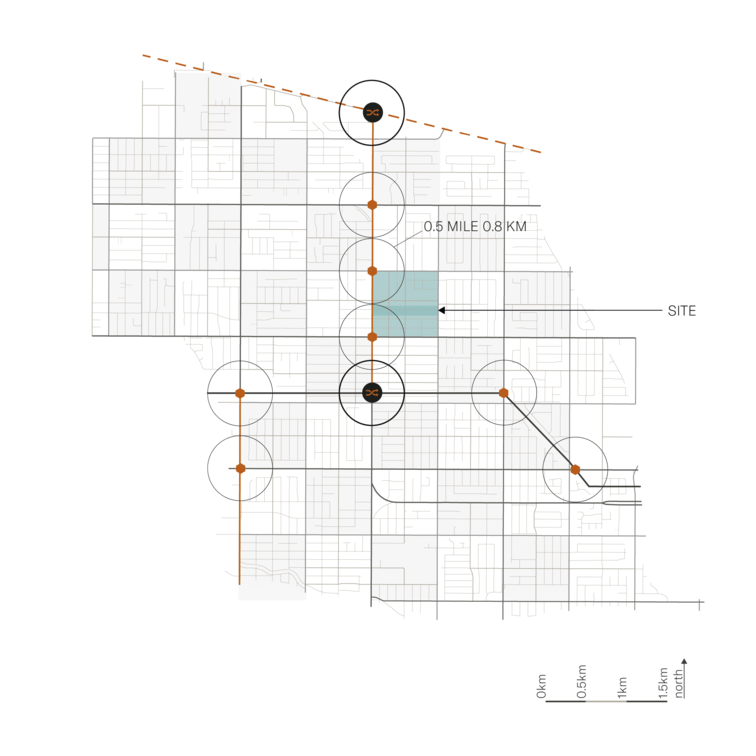
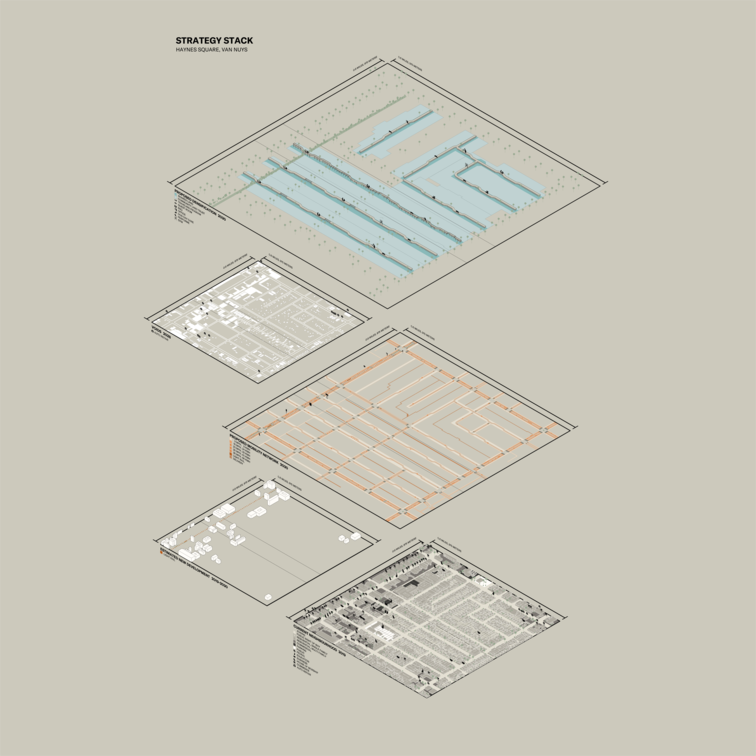


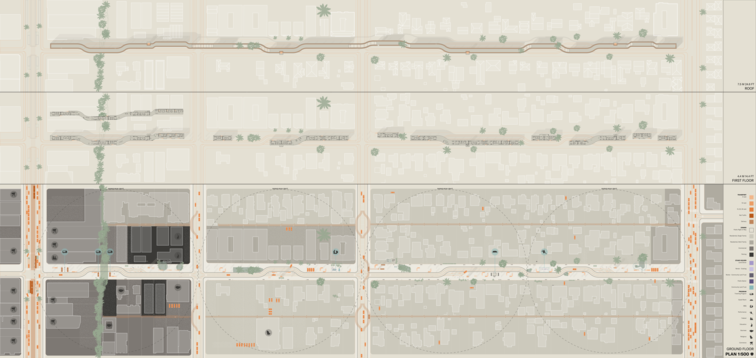
Thank you for taking the time viewing CONGESTION!
I am always happy to discuss the project and present my continuing work on the topic. Send me an e-mail and we find a suitable time for coffee.


